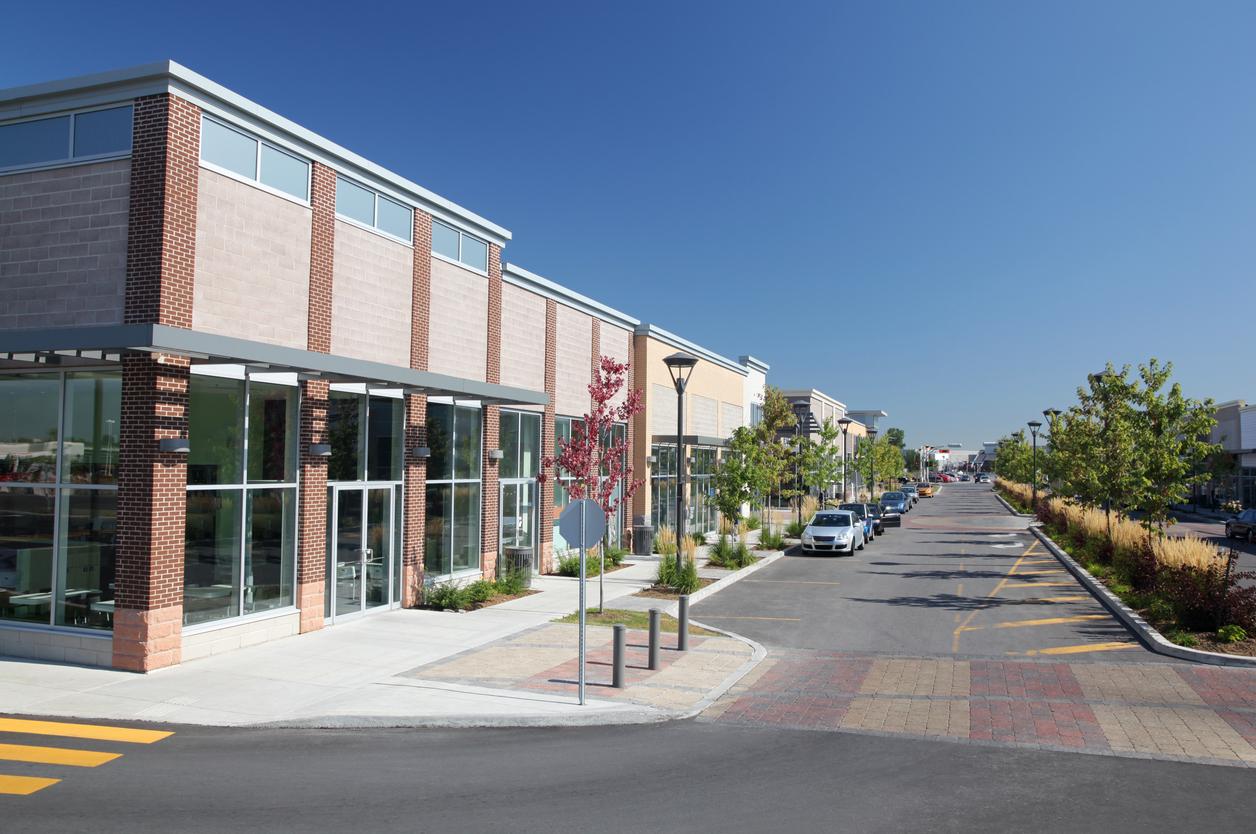With e-commerce sales rising, a higher cost of capital and lingering effects from the pandemic, many mall developers, property owners and tenants are struggling to stay afloat. But, according to Andrew Lutfy, CEO of Montreal developer Carbonleo, there are still investment opportunities – if you know where to look.
When it comes to malls, Lutfy, who recently hosted a “retail masterclass” webinar with BMO, said the best opportunities are the centres with stores from brands that sell their own products. These stores, which are generally luxury brands such as Chanel, Tiffany & Co., and Hermès, have seen a 12% annual compound growth rate (CAGR) since 2015.1 They’ve done well because they have more control over their products, while the physical store is just one distribution channel for these businesses.
Stores such as Walmart and Target, however, which sell all sorts of items from different companies, have seen a 4% CAGR since 2015, while others, like Macy’s, Nordstrom and Bloomingdale’s, have seen, on average, a negative 10% CAGR over the last nine years.1 The reason for the poorer performance? Amazon also sells an assortment of items from the quiet of your home. He said it has experienced a 27% CAGR since 2015.1
Fine dining wins
While the best opportunities have top luxury brands as tenants, that’s not all they offer. Sit-down restaurants and bars represent another set of prospective mall tenants that have been growing well ahead of the inflation rate.
A generation ago, two-thirds of the total food spend went to groceries and one-third to food services. Now, recovered from the pandemic, restaurants account for 57% of food spending and are on track for two-thirds by 2040.2 “Restaurant dining is no longer a privilege and a luxury,” Lutfy said. “It’s almost become a rite of passage, and everyone should feel entitled to come and connect with others in a restaurant.”
Having subway or bus access inside a shopping centre also increases the value of the mall, he added, while centres with premium brand companies, such as Zara, H&M and Sephora, can also make a mall more attractive, as long as they’re coupled with restaurants, transportation and luxury brand stores.
Top-tier real estate
When considering opportunities, Lutfy divides the 400 or so enclosed shopping centres in Canada into five tiers. Top-tier malls – the best investments – have at least some of those top 10 luxury branded outlets, along with secondary luxury brands. They also have transit hubs that enlarge their trade areas, at least 700 sit-down restaurant seats (not including food courts) and premium domestic brands such as Lululemon, Aritzia, Sephora, Uniqlo, Apple and H&M. Tier-2 malls have all that except the luxury players, while tier-3 malls don’t have transit. Tier-4 can boast only some standard mall brands and no food and beverage, while tier-5 has no amenities that make malls attractive.
By that definition, more than three-quarters of Canadian malls are tier 5, and another 15% are tier 4.3 “I would say your tier-4 and tier-5 are not investment-grade,” Lutfy explained. That means, in his view, just one in 10 shopping centres in this country can grow above the rate of inflation. That includes 16 tier-3 properties, 18 tier-2, and just four tier-1 malls representing 1% of the retail inventory.
Creating social connectivity
With Royalmount, Carbonleo’s soon-to-be-opened mega-mall project near downtown Montreal, Lutfy and his team aim squarely at that rarified tier-1 space and then some. Beyond luxury brands, restaurants and transit, it will have entertainment amenities, including a multiplex cinema, aquarium and ice rink, sustainability credentials, LEED Gold building standard and a residential component where people within the community can live and work. It will also have substantial green space and a 3.5-kilometre linear park. Likewise, with Quartier Dix30, Carbonleo is elevating an old tier-3 mall on Montreal’s South Shore to a tier-2 lifestyle destination with 4,000 residential units.
In a Q&A segment after Lutfy’s presentation, Kate Low, BMO Financial Group’s regional vice-president of real estate finance Quebec, pointed out that Royalmount “was not something that popped out of thin air,” and wondered what the motivation was to create this mall with more than 170 stores and 60 plus restaurants.
“It’s really about bringing people together and making people happy,” he said. “It’s about social connectivity. People should have fun, they should smile, they should celebrate and create real moments.”
That’s part of the appeal of a successful mall – you want to invest in something where people want to be – but, most importantly, the trend of luxury isn’t going away, even in a higher inflationary environment. “These luxury brands control the pipes from beginning to end, and they’re only going to become better marketers; they’ll do a better job of managing the relationship from the factory, right to the consumer, and the consumer is going to be engaged.”
At the same time, inflation may be causing luxury consumers to hit pause when buying a multimillion-dollar home, but they still want the emotional gratification of purchasing an expensive item, he noted. And for those who do buy online? Most still return in-store, which means they could end up buying something else on their way out. “Those returning online merchandise are, 99% of the time, returning it in-store. Then what do you think happens? There’s probably a 30% conversion to go and buy something else.”
“There are some amazing opportunities out there,” Lutfy concluded. “Not many of them, but they do exist.”
1 Capital IQ
3 Number of malls in Canada provided by Oberfeld Snowcap.
